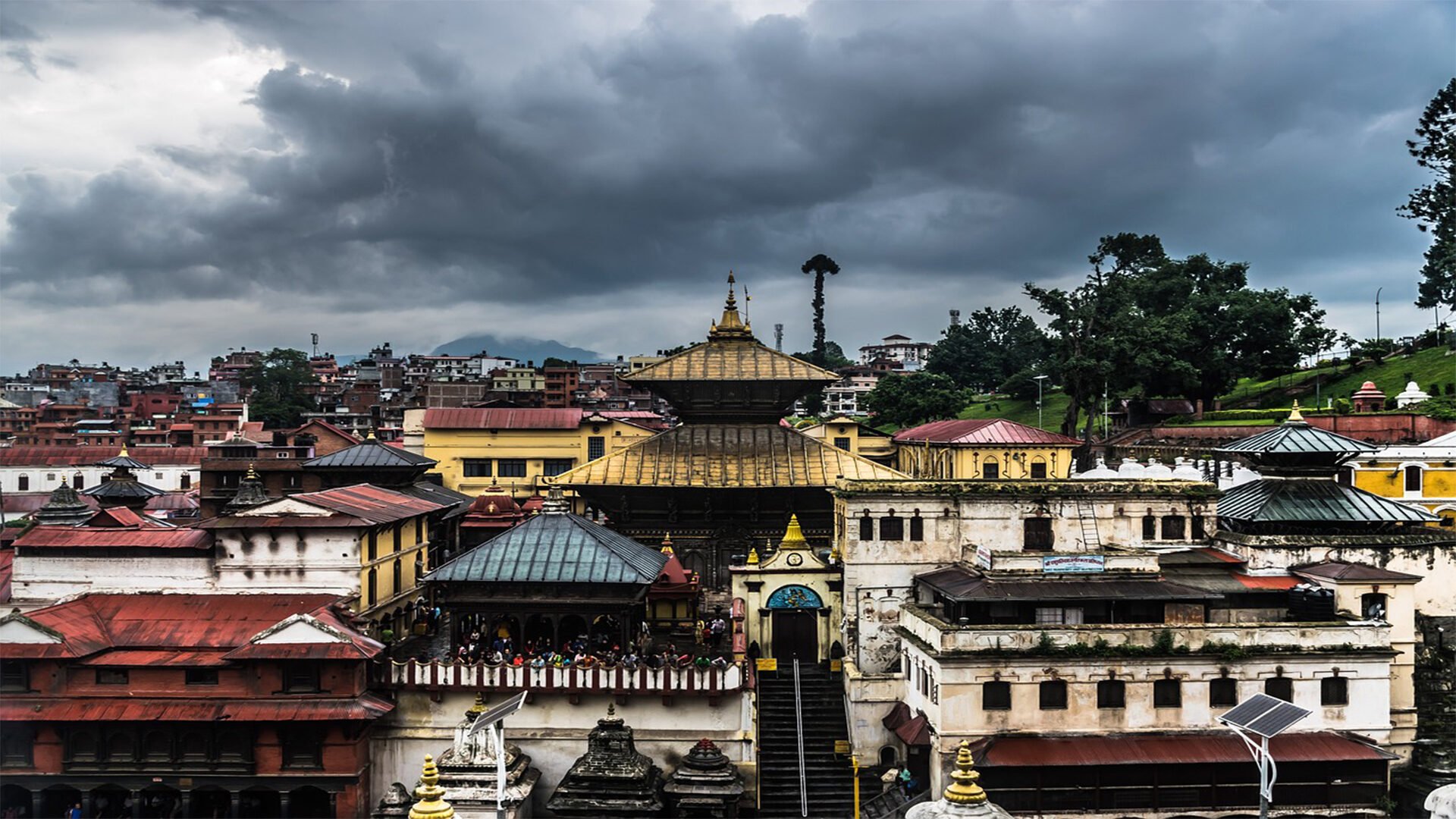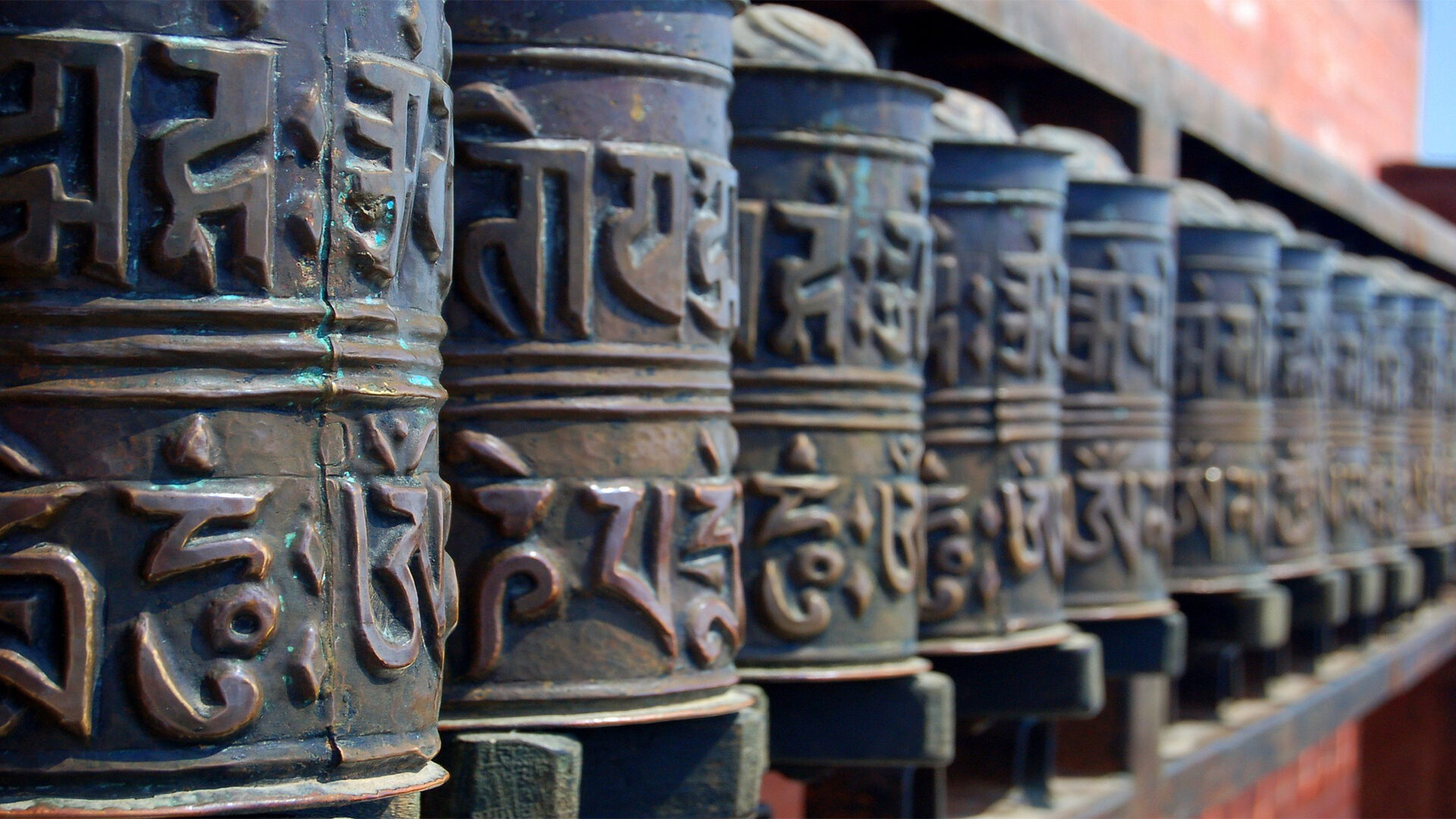Kathmandu
Explore ancient temples and myths in the Valley of the Gods, where Hinduism and Buddhism collide. While strolling through the small little alleys around the “durbar squares” in one of the Kathmandu Valley’s ancient king cities; Bhaktapur, Patan, or Kathmandu, smell and eat traditional Newari food cooked on wood ovens.
Buy handicrafts from artisans who continue to follow centuries-old traditions. Alternatively, if you are gifted, you could participate in one of the many workshops that are available. Watch how the people of the valley continue to use their temples to perform rituals passed down from generation to generation. Explore the valley’s temples and learn about Nepalese rituals. The Kathmandu Valley was founded according to a well-known folk story. Long ago, during the Pleistocene epoch, Kathmandu Valley was nothing more than a lake, a beautiful display of aquatic flora and fauna. When Manjushree, a holy Buddhist Saint from Tibet, saw a beautiful lotus flower floating in the center of the lake around the same time, boundless admiration began to burn inside his heart, evoking his devotion to hold and worship the flower. Kathmandu, Patan, and Bhaktapur were once independent states ruled by the Malla kings, who ruled the cities from the 12th to the 18th centuries and decorated their individual kingdoms with exotic craftsmanship and palaces.
The mighty Mongol rulers would import craftsmen from Kathmandu Valley to decorate their empire back then. That is, the world-famous Pagoda architecture is a gift from Kathmandu Valley to China. The Kathmandu Valley is now home to seven UNESCO Cultural World Heritage Sites, as well as hundreds of other exquisite monuments, sculptures, artistic temples, and magnificent art – reminders of Nepal’s golden era in architecture.


